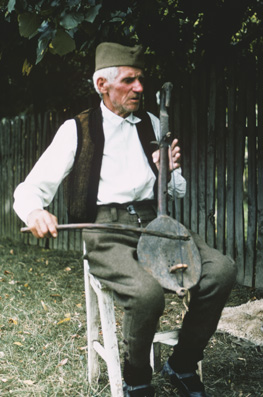Joel Martin Halpern Papers

Temporarily stored offsite; contact SCUA to request materials from this collection.
The anthropologist Joel Martin Halpern (1929- ) has worked in regions from the Alaskan arctic to Laos and Lapland, but he is best known for his studies of modernization in the Balkans. Following undergraduate study in history at the University of Michigan (BA, 1950), Halpern entered the renowned anthropology program at Columbia, receiving his doctorate in 1956 for a study of the village of Orašac in the former Yugoslavia, which in turn became the basis of his first book, A Serbian Village (N.Y., 1958). After two years working in Laos as a Field Service Officer with the Community Development Division of the U.S. International Cooperation Administration, Halpern was a member of the faculty at UCLA, Brandeis, and the Russian Research Center at Harvard (1965-1967) before coming to UMass Amherst in 1967. A prolific author, Halpern has written or edited dozens of books on the Balkans and Southeast Asia, including A Serbian Village in Historical Context (1972), The Changing Village Community (1967), The Changing Peasantry of Eastern Europe (1976), and The Far East Comes Near (1989). Since retiring from the university in 1992, Halpern has remained in Amherst.
A massive collection documenting the long and varied career of a prolific ethnographer, the Halpern Papers include a wide range of textual and visual materials documenting the anthropological study of modernization, ethnicity, rural life and urbanization, the economy, and cultural change. Much of Halpern’s research centered on the Balkans (Macedonia and Serbia), Laos, and arctic Alaska and Canada, however he has worked on Asian immigrant communities in the United States and many other topics.
